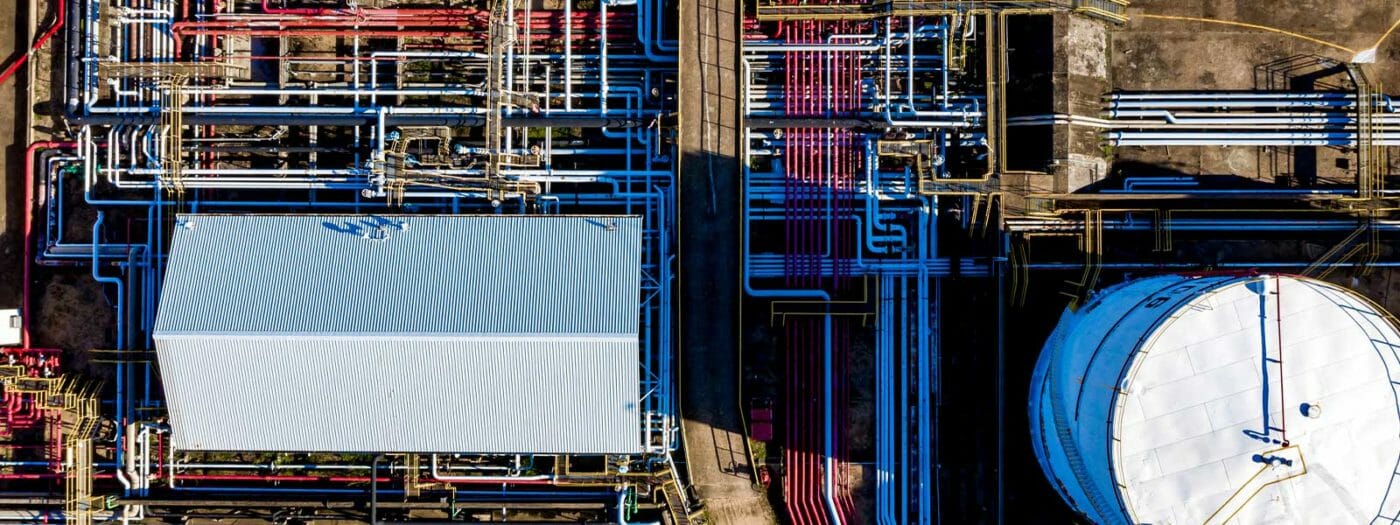
To make good on its climate goals, California needs carbon capture, removal, and storage technologies
Co-authored by George Peridas, Energy Program Director, Carbon Management Partnership at the Lawrence Livermore National Laboratory
In the rapidly intensifying race to net-zero emissions, California has long been a leader in the United States and around the world, as the policy and innovation developed in California has driven climate action forward both domestically and internationally. However, despite the state’s strong history of climate action, it still expects to fall about 125 million metric tons of CO₂ emissions short of its 2045 targets, according to the Lawrence Livermore National Lab. In order to close this gap and achieve its mid-century goals, California must both intensify its existing efforts and expand its climate toolkit to include carbon capture and storage and carbon dioxide removal.
To date, California has made significant progress decarbonizing its economy and meeting its climate goals. In order continue this momentum and reach carbon neutrality by 2045, with negative emissions thereafter, it must reduce or eliminate remaining emissions from large, hard to abate point sources (e.g., cement, steel, etc.), and remove CO₂ directly from the atmosphere. Carbon capture and storage and carbon dioxide removal technologies provide durable, permanent engineered carbon solutions that can be used in tandem with traditional mitigation efforts. The necessity of carbon capture, removal, and storage technologies has been highlighted in multiple analyses and joint comments that LLNL, CATF, and a diverse set of stakeholders submitted to California Air Resources Board (CARB) in response to the 2022 Scoping Plan workshop series. As many experts note, the importance of these technologies rises with the ambition of mitigation scenarios. These technologies can permanently remove and store enough CO₂ to make up for the estimated emissions shortfall in California by 2045.
California is also uniquely positioned to lead the way on carbon capture and carbon dioxide removal. The state is fortunate to have significant geologic storage resources that have the potential to permanently and safely store CO₂ and help it achieve net-negative emissions. Its geologic resources, particularly its saline aquifers in the Central Valley, have an estimated storage potential of 30-417 gigatonnes of CO₂, according to the U.S. Department of Energy, which translates into the potential to safely and permanently store hundreds of years’ worth of California’s total emissions at current levels. This means that California is sitting on many times more storage potential than it needs to meet its climate goals but will require significant transportation infrastructure to reach large-scale deployment. The relative permanence of different carbon dioxide removal options is of great relevance to achieving carbon neutrality by 2045, and engineered solutions such as carbon capture are advantageous, in this particular respect, over nature-based solutions because they store carbon permanently, with very minimal risk of release.
Carbon capture also brings benefits beyond CO2 emissions reductions. In addition to its critical role in California’s path to net-zero, carbon capture also can work to decrease non-CO₂ air pollution and improve air quality. While this is an area that has not received sufficient study or dissemination to date, early results suggest that carbon capture can reduce sulfur dioxide and particulate matter emissions from industrial sources (e.g., steel, cement, etc.) and can also reduce nitrogen oxide emissions in some cases.
The use of carbon capture technologies can also help maintain and grow a healthy workforce in California. A first-of-a-kind analysis by the Rhodium Group outlines the capability for carbon capture technologies to contribute towards the direct maintenance of continuity of family-sustainable, fully-benefited employment. Expediting and employing carbon capture and carbon dioxide removal technologies will increase high-paying jobs, increase equity, and avoid job losses in California as we transition to a clean energy economy, particularly in regions dependent on sectors that will incur large transitional losses, such as the fossil fuel sector.
The California Air Resources Board’s Scoping Plan process plays a central role in charting the state’s climate actions. The Scoping Plan update that is now underway at CARB is an opportunity to set the tone for a new level of decisive climate action that can help meet the increased ambition of the state’s carbon neutrality aspirations. We hope that all parties involved will realize the importance of carbon capture and carbon dioxide removal technologies as critically important, and in fact required, tools for achieving the state’s carbon neutrality ambition.



